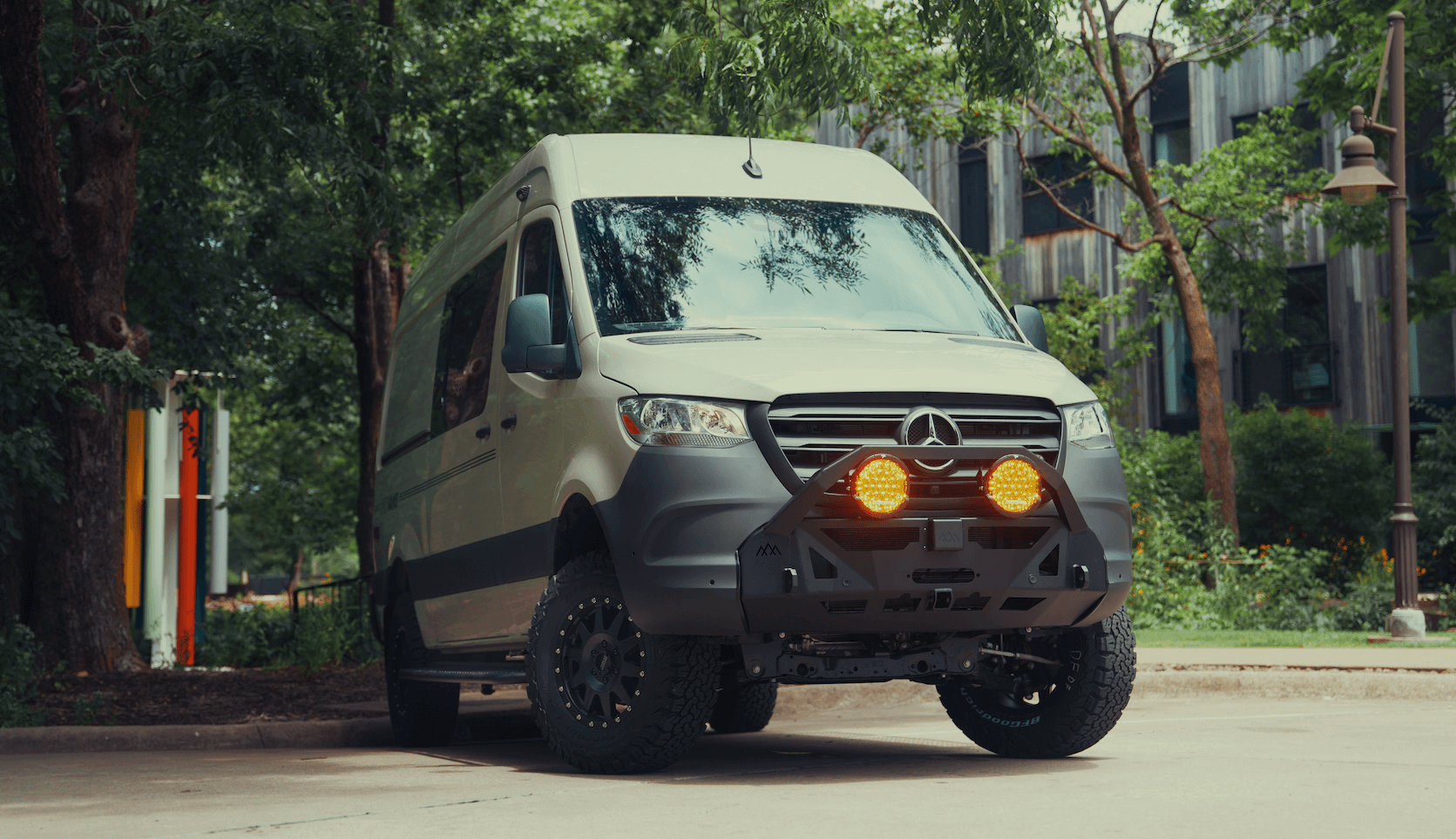Recreational Vans

A ceramic coating crosslinks with clear coat to form a thin, durable barrier that resists chemicals, UV, and light abrasion. The slick surface sheds water and grime, but it is not immune to contamination. Dust carries minerals, roads fling iron particles, and water dries into spots that can dull the surface. Left alone, these deposits reduce hydrophobic behavior and make washing harder. Regular, gentle care keeps the coating clean so the chemistry can do its job.
A clean coating shows round beads and fast sheeting. When beading grows uneven or flat, it is usually contamination, not failure. Think of maintenance like cleaning a nonstick pan. The surface repels, but burnt residue still needs a safe reset. Avoid harsh products that could etch or strip the coating. The goal is to preserve thickness and slickness through light, frequent care.
Start with shade and cool panels. Rinse thoroughly to pull grit off the surface. A pre foam with a pH neutral soap helps release dirt so your mitt glides. Use the two bucket method with separate rinse and wash buckets to limit reintroducing grit to the paint. Work top to bottom in straight lines and refresh the mitt often.
Avoid automatic washes with nylon or brushes that can mar paint. Touchless tunnels can be a backup but watch for high pH cleaners that may diminish slickness. After washing, rinse thoroughly and dry immediately. Use a clean, high GSM microfiber drying towel or a filtered air blower to push water from cracks and badges. A drying aid or compatible SiO2 spray can add slickness and reduce towel drag.
For wheels and tires, use dedicated tools. Clean wheels first so you do not splash soil onto fresh paint. Keep wheel towels separate from paint towels to prevent cross contamination.
Even with careful washing, road film and metals can cling to a coating. Plan a light decontamination every quarter, or when beading slows. Use an iron fallout remover to dissolve embedded ferrous particles. Work on a cool surface, spray, allow a short dwell, then rinse thoroughly. Most of the time this brings back crisp water behavior without harsh polishing.
If the surface still feels textured, consider a very mild clay media with plenty of lubrication. Keep pressure light and use small sections. The aim is to remove residue while preserving the coating beneath. Stop if you notice drag or marring and increase lubrication.
Water spots come from minerals left after evaporation. Treat fresh spots quickly with a mild spot remover or a vinegar based detailer designed for coated paint. For stubborn etching, a dedicated water spot remover is safer than aggressive polishing. Always test in an inconspicuous area first.
During the initial cure window, avoid soap for about a week if the installer recommends it. Keep the car out of rain if possible and remove any water immediately with clean microfiber. Do not use tape or covers that could imprint. After the cure period, begin your regular wash schedule and keep the surface free of contamination.
When water beads become inconsistent, try a reset rinse followed by an iron remover. If slickness returns, the coating is fine. If the surface still feels grabby and the beading is weak, a light clay with lubrication may help. Persistent dullness can signal that the uppermost layer is worn or clogged beyond what chemicals can solve.
High spots present as darker or rainbow patches. These are often application residues rather than failure. A finishing polish may be required, which can reduce coating thickness. If you reach that point, consider a professional inspection to determine if a partial recoat or full refresh is appropriate.
Hydrophobic behavior is a quick indicator, but it is not the only one. Look for gloss retention, resistance to bug splatter staining, and ease of cleaning. A healthy coating should release grime with little effort and keep the surface looking bright.
The easier a vehicle is to wash, the better your results. Thoughtful exterior choices like accessible rack layouts, smooth panel transitions, and sealed edges reduce places where grime hides. Safe wash access, quality lighting in your garage, and the right tools will make maintenance quick and predictable. Keep a dedicated wash kit to avoid mixing products.
OZK Customs builds travel ready vehicles and understands how finish care fits into the ownership experience. If you are planning a custom van or an upfit, we help you think through hardware placement, lighting, and storage so regular washing and drying is straightforward. At delivery, our team walks you through rig care at our Adventure Point lounge so you leave confident about maintenance on the road.
When you are ready to design a van that looks great and stays that way, our team in Fayetteville can guide you from planning to handoff. Explore build paths, set priorities, and step into a rig that is simple to clean and ready for the next trip.
Tell us how you travel, what you carry, and where you go. We will shape a plan that balances form, function, and easy maintenance so your finish stays clean and your time stays on the road rather than in the driveway. Fill out the form and let us start mapping your build.
Ready for a rig that is easy to care for and built for real travel? Share your goals and let OZK Customs design a van that matches your lifestyle. We will walk you through exterior care at handoff so your finish stays dialed in. Start your custom build consult today.
ADDRESS:
6159 E Huntsville Rd, Fayetteville, AR 72701
PHONE:
(479) 326-9200
EMAIL:
info@ozkvans.com